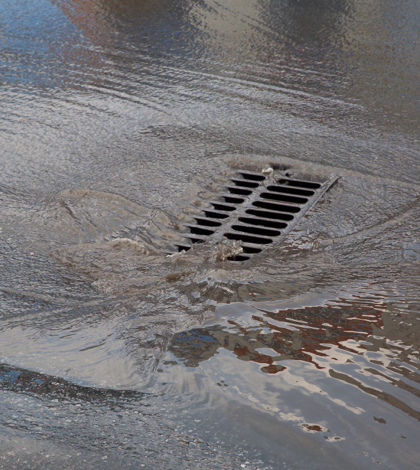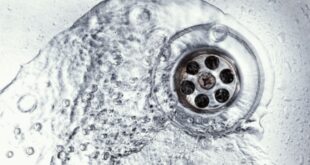Three Inland Empire water agencies have partnered with San Bernardino Valley Municipal Water District (SBVMWD) to minimize the amount of water imported from the State Water Project and other sources but capturing and storing more rainfall. Although Inland Empire water agencies rely on local rainfall for roughly 75 percent of their water supply a lot of water still flows into the ocean each year forcing the region’s water agencies to purchase its remaining supplies.
“Capturing more of our local stormwater is good water management,” said Bob Tincher, SBVMWD’s deputy general manager for resources. “Given the environmental pumping restrictions on the State Water Project, we are continually looking for new water supplies to help us make it through extended droughts like the one we are in now.”
SBVMWD has partnered with Western Municipal Water District (WMWD), San Bernardino Valley Water Conservation District and Riverside Public Utilities on the first phase of new stormwater capture facilities. The four water agencies are developing the capability to capture and store more water, about twice the historical amount, to help the region brace for extended droughts, like the current one that is in its 20th year.
“When completed, these facilities will divert as much as 250,000 gallons of water every minute, up to 80,000 acre-feet of stormwater in a single year — enough for 80,000 families,” said T. Milford Harrison, SBVMWD’s president. “This will more than double the stormwater capture and recharge capabilities downstream of the dam, a major addition to our past efforts.”
Water that flows to the area is naturally filtered as it seeps into the ground at no cost. Capturing, storing and naturally filtering the stormwater runoff at the Seven Oaks Dam downstream of Mentone is also financially prudent.
The multiple phases of the project will begin with the Enhanced Recharge Project, which will include water intake improvements and the construction of a 700-foot-long by 140-foot-wide sedimentation basin just downstream from Seven Oaks Dam. The new sedimentation basin will allow the sediment to settle out of the water naturally before moving downstream to existing and proposed groundwater recharge basins to increase water storage.
When completed, the massive sedimentation basin will be connected to an eight-foot-diameter pipeline constructed by the water agencies to transport the sediment-free water to existing recharge basins and, eventually, to the Foothill Pipeline near Highland. The final step will be delivering the sediment-free water to recharge basins throughout the San Bernardino Valley. Water rights permits that SBVMWD and WMWD obtained from the California Department of Water Resources in 2010 make the additional diversion of Santa Ana River water below the Seven Oaks Dam possible.
Future phases of the Enhanced Recharge Project are expected to begin in 2020 — pending completion of the Upper Santa Ana Wash Land Management and Habitat Conservation Plan. This will be complemented by the construction of new recharge basins and canals to facilitate recharge of additional captured stormwater. Lastly, additional improvements to the Cuttle Weir and its intake structure to make the entire diversion system more robust, especially during high water flows, will follow.
 California Water News Daily Your Source For Water News in California
California Water News Daily Your Source For Water News in California


